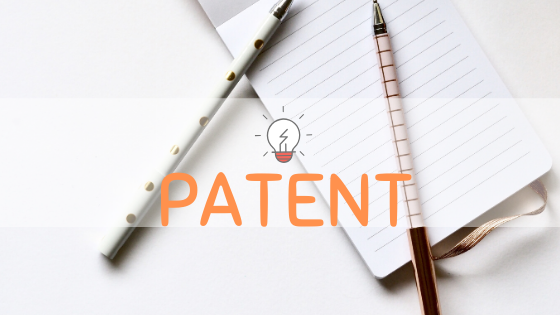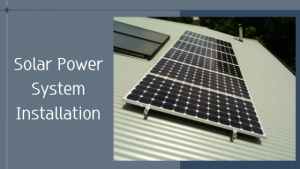Both patent agents and patent attorneys have passed the Patent Bar exam administered by the United State Patent and Trademark Office (USPTO) and therefore, are both authorized to file patents with the USPTO.
The difference between the two is that a patent attorney has passed the state bar exam and, therefore, is authorized to plead in court if, for example, there is a need to litigate.
In filing a patent, a patent agency can be significantly less expensive than a patent attorney. In fact, a patent agency, such as InventHelp, well versed in the technology of the invention may be more qualified to perform the patent search and write the specification and the claims, than a patent attorney not familiar with the technology.
Later in the life of a patent, if litigation becomes necessary, as in the case of infringement, a patent attorney can be retained to conduct a lawsuit. Since litigation is a relatively rare occurrence, you may not have to incur the expense of a patent attorney.
How much is it going to cost?
The cost will depend on the complexity of the invention, the extent of the search, the size of the specifications, the number of drawings, and the intricacy and number of claims.
What can I do to reduce my cost?
To facilitate task, and therefore, lower your cost, you can provide with the following:
A clear, complete and concise description of your invention.
Enough details to enable a person of ordinary skill in the art of making and using it without undue experimentation, trials and errors.
Typically, an invention includes several variations or modes. It is important to provide the description of at least one implementation which you believe to be the best mode.

In what format should I submit the description of the invention?
Ideally your written description should be as close to the final product as possible. It should include the specification, the claims and the drawings:
Specification:
Title
Background: This section states the field of the invention, describes the problem that the invention is intended to solve, and the state of the art regarding competing and current methods for solving the problem. The background should also include the objects and advantages of the invention over the prior art.
Summary: This is short description of the invention.
Brief Description of the Drawings: Each drawing should be described in a short, one or two line paragraph.
Detailed Description of the Invention: This section explains the invention in details, referring to the components in the drawings by means of reference numerals. If the invention has already been reduced to practice, then it is customary to use the past tense. Otherwise, the present and imperative are used to describe a predicted operation.
Abstract: This is a complete, concise and clear paragraph of about 250 words or less.
Claims
The claims are the legal part of the invention and defines the area of intellectual property you are staking out. While you can try writing the claims, please do not spend too much time on this, as your patent agent or patent attorney will have to review them very carefully and rewrite them in legal terms.
Drawings
Each drawing should include reference numerals pointing to the parts mentioned in the specification. The drawings do not have to be “engineering drawings” but they should include all the details essential to your invention.
Your patent attorney will perform a patent search to assess the extent and nature of the prior art.
They will write the specification and drawings in the appropriate format and compose the claim to maximize your coverage, given the result of the prior art search. Patent attorney will then go through one or several editing cycles that will involve either meeting in person or communicating electronically until are both satisfied with the application as written on https://www.oddee.com/how-inventhelp-can-assist-new-inventors/.
They will then submit the application with the appropriate forms, to the Patent Office.
Patent attorney will respond to the rejections and objections of the patent examiner and argue your case with him until he and they come to an agreement on the coverage of the claims.


